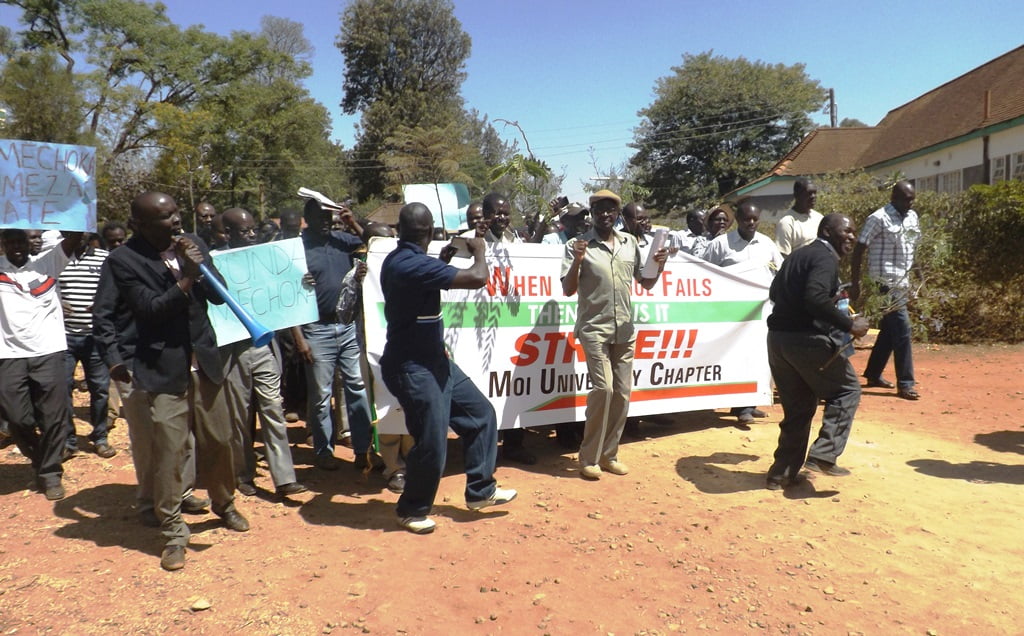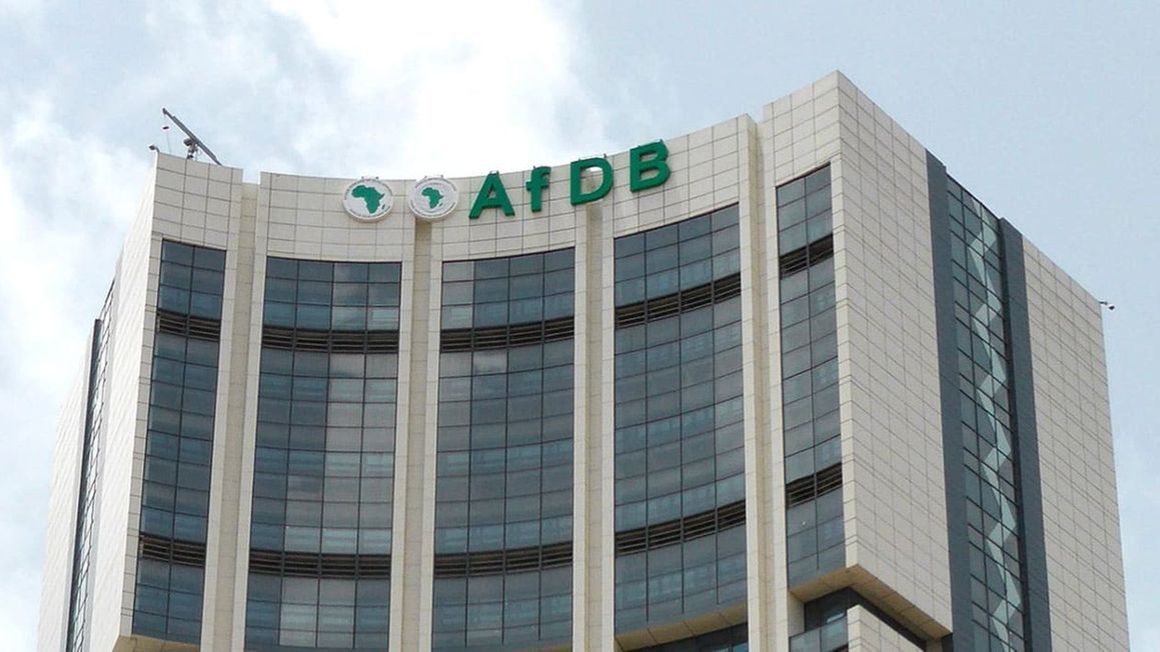By Roy Hezron
Top managers in public universities have resolved that Collective Bargaining Agreements (CBAs) will be negotiated in the first year of tabling, with time limits being set to avoid it being rendered irrelevant.
While reflecting on the lessons learnt from previous negotiations and challenges in realizing sustainable financing, public universities council chairpersons, vice chancellors and principals of constituent colleges resolved that those CBAs that will be negotiated outside the timelines will be considered null and void.
In their Mombasa conference in September, the top bosses resolved further that all relevant stakeholders, that is, Universities Funding Board (UFB) and the National Treasury should be involved in the negotiations, and the existing funding levels should take into account the Differentiated Unit Cost (DUC) formulae.
They also called for full funding of DUC, which is agreed at 80 per cent, to facilitate smooth running of operations in universities.
The top managers resolved that the number of government-sponsored students placed in public universities should be limited to the allocation made to UFB, based on 80 per cent DUC funding, which should then determine the cut-off points.
They also want the establishment of a data base to inform the student-staff ratios and ultimately the CBAs, and grading of jobs to facilitate salary progression and promotion of staff.
They suggest that splitting of jobs should be removed as it reduces the scope and responsibilities especially for non-teaching staff, and the government to fully foot both the basic salary and the pension component to ease financial bottlenecks experienced by universities.
They observed that the initiation of CBA negotiations has often taken long, with Unions waiting for the last year of the CBA cycle. This is more aggravated by the government not funding the CBAs fully, hence leading to financial difficulties and debts among public universities.
The pension component in the 2013-2017 and 2017-2021 CBA cycles were disregarded by the government.
There has been a mismatch in the staff student ratios and the funds allocated for CBAs, with local CBAs being negotiated differently and being approved by the Salaries and Remuneration Commission (SRC) based on the financial capability of the institution, leading to disharmony in similar allowances issued across universities.
At the same time the grading structure across the university sub-sector is different and therefore the grading of similar job groups is differentiated, leading to discrepancies in the recommended remuneration by the SRC.
Staff have also stagnated in the same job grades as they cannot “jump” grades and as a result of splitting, most times complicating and delaying negotiations compounded by differentiated funding of CBAs between the older and the younger universities.
Now moving forward, the top leaders want university management to demonstrate to Unions that the funding of DUC incorporates other variables and is not solely for basic salaries.
Further, they want the government to consider universities for loans and the realignment of non-academic roles with required qualifications and experience.
It further emerged during the conference that the 2017-2021 CBAs remain outstanding while at the same time the SRC has issued a salary freeze for the 2021/2022 and 2022/2023 financial years.
These delays in finalizing the 2017-2021 CBAs will likely affect future negotiations, particularly the one for 2021-2025.
Additionally, due to challenges in funding and sustaining CBAs, universities are not able to attract and retain high calibre lecturers and researchers, while delays in payment affect the value of the deal as the shilling keeps depreciating.
They resolved further that there should be a consideration of proper funding of young universities for the development of infrastructure, and for staff development for effective competition and retention.
Moreover, they proposed that the new administration should revise student fees to be reflective of the continued changes in university education and the attendant costs.
On the same scale, student data, which is not static, should be continuously revised to reflect the true status of a student.






